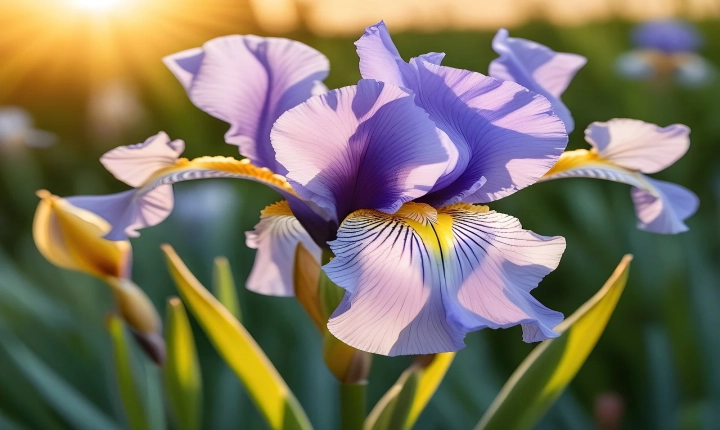AI Art: Is it Free for Use?
The rise of artificial intelligence has led to the creation of some remarkable pieces of art. From paintings to music compositions, AI has proven to be a powerful tool in the hands of creative individuals and organizations. However, the legal and ethical implications of using AI-generated art have sparked debates around the world. One of the key questions that arises is whether AI art is free for use.
When it comes to traditional art, copyright laws protect the work of artists and creators, ensuring that they have control over how their pieces are used and distributed. However, AI-generated art blurs the line between human creativity and algorithmic output, leading to a complex legal landscape.
In many cases, the ownership of AI-generated art is attributed to the creators of the AI algorithms rather than the individuals who operate the programs. This has led to debates about who holds the rights to AI-generated art and whether it can be freely used by others.
One argument in favor of AI art being free for use is based on the idea that the art is created by the AI algorithms and not by human artists. Proponents of this view argue that since the AI is generating the art, it should not be subject to copyright protection, and therefore should be free for anyone to use, modify, and distribute.
On the other hand, opponents argue that AI-generated art still relies on human intervention and input. Even though the AI is responsible for the actual creation of the art, human programmers and curators are involved in shaping the algorithms and selecting the output. Therefore, they argue, AI art should be subject to copyright laws and the same legal protections as traditional art.
Another aspect that complicates the issue is the use of pre-existing copyrighted material as input for AI-generated art. When AI algorithms are trained on copyrighted images, music, or other creative works, the resulting AI art may contain elements that are subject to existing copyright laws. This raises questions about whether the AI-generated art can then be freely used without violating those rights.
As the debate continues, legal experts and policymakers are working to establish clear guidelines and laws that address the unique challenges presented by AI-generated art. Some have suggested the creation of a new legal framework specifically tailored to AI creations, while others argue that the existing copyright laws are sufficient to deal with the issue.
In the meantime, some organizations and individuals are taking proactive steps to address the issue of AI-generated art and copyright. For example, the AI Art Exchange, an initiative by IBM Watson, allows artists to use a collection of AI-generated art for free in their own projects, while respecting the rights of the original creators and ensuring proper attribution.
In conclusion, the question of whether AI art is free for use is a complex and evolving issue. As AI technology continues to advance and the use of AI-generated art becomes more widespread, it is essential for legal frameworks and ethical guidelines to be established to address the rights and responsibilities of creators, users, and the AI algorithms themselves. Until then, it is important for individuals and organizations to carefully consider the legal and ethical implications of using AI-generated art and to seek appropriate permissions and licenses when necessary.
